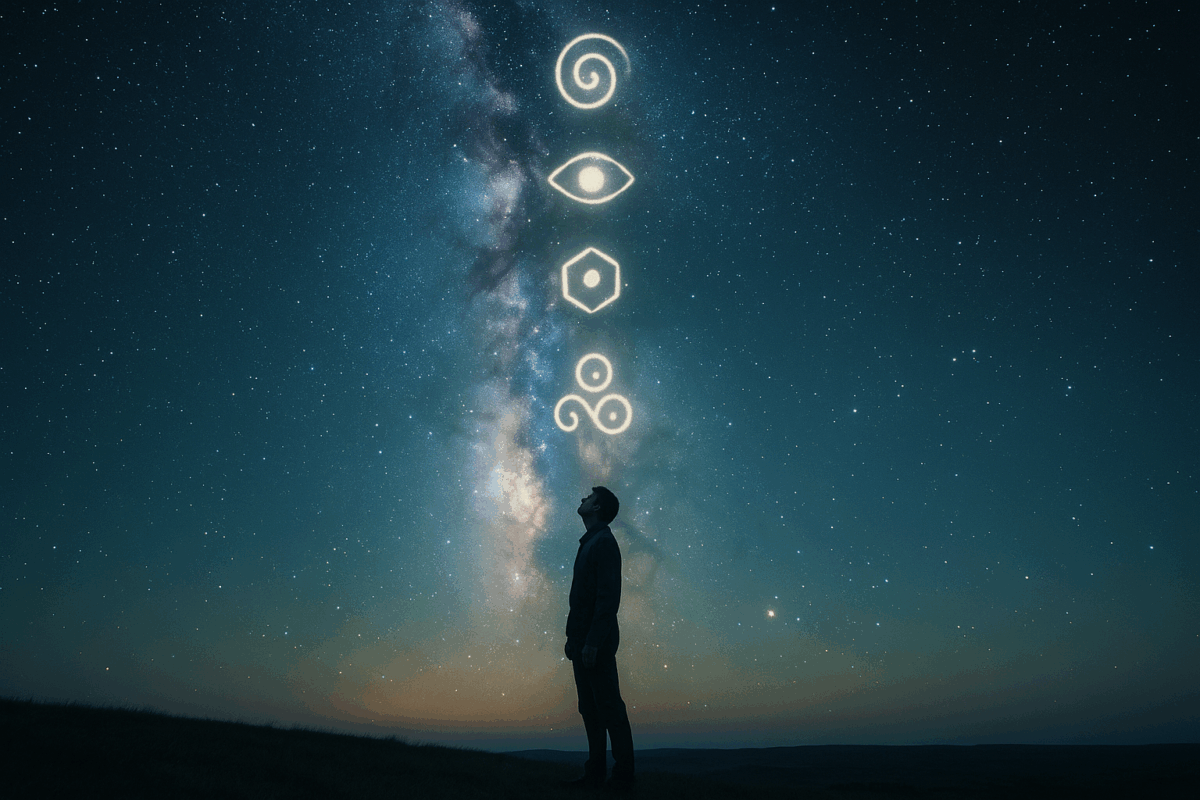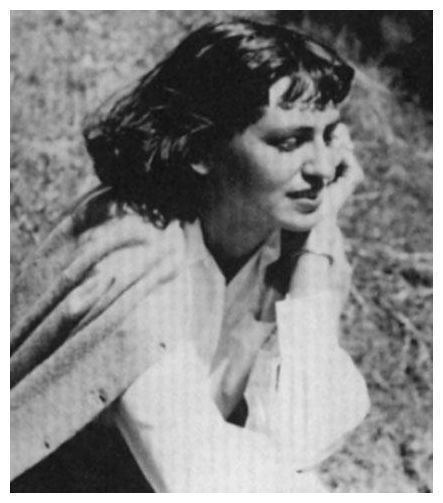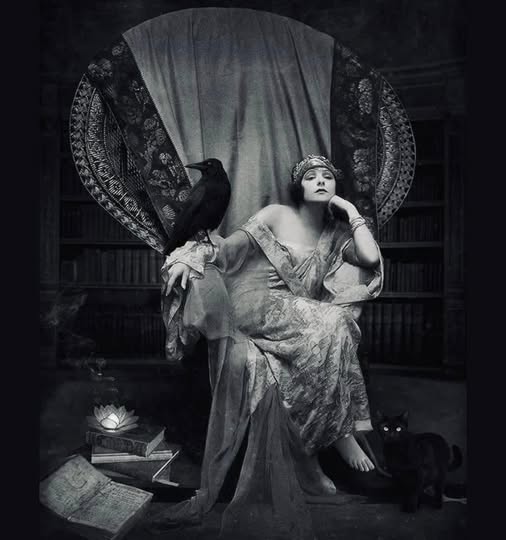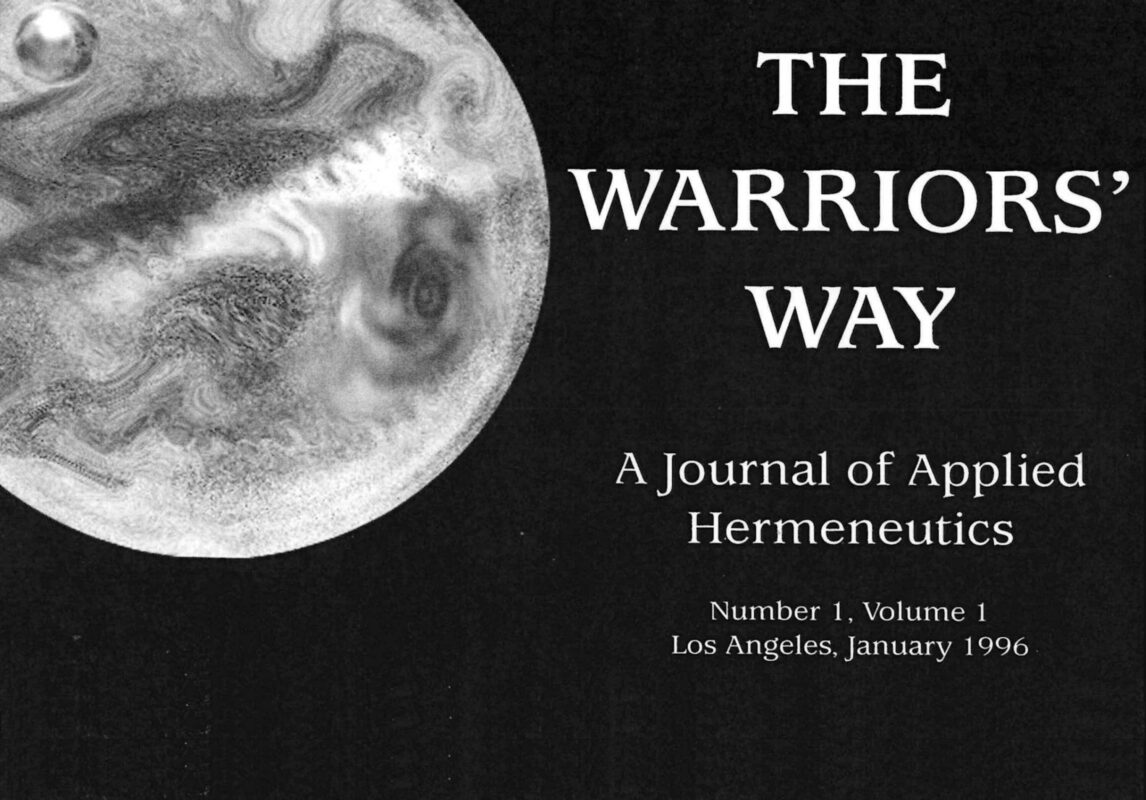The Woman in the Church – The Art of Dreaming
After being left by don Juan, Carlos Castaneda kneels in the church next to the death defier, an ancient sorcerer who appears as a woman. Initially terrified, he is mesmerized by her voice and presence. He offers her his energy freely but refuses her obligatory “gifts of power.” The woman then pulls him into the second attention, revealing the church and town as they existed in a different time, a product of her own intent. She explains the sorcerers’ art of creating veritable realms in dreaming through visualization and the technique of “twin positions.” Castaneda explores this tangible dream world with her, learning that only she generates energy within it. The experience culminates in a terrifying realization that their current reality might also be a shared dream, causing him to lose consciousness in a spinning descent into blackness.





